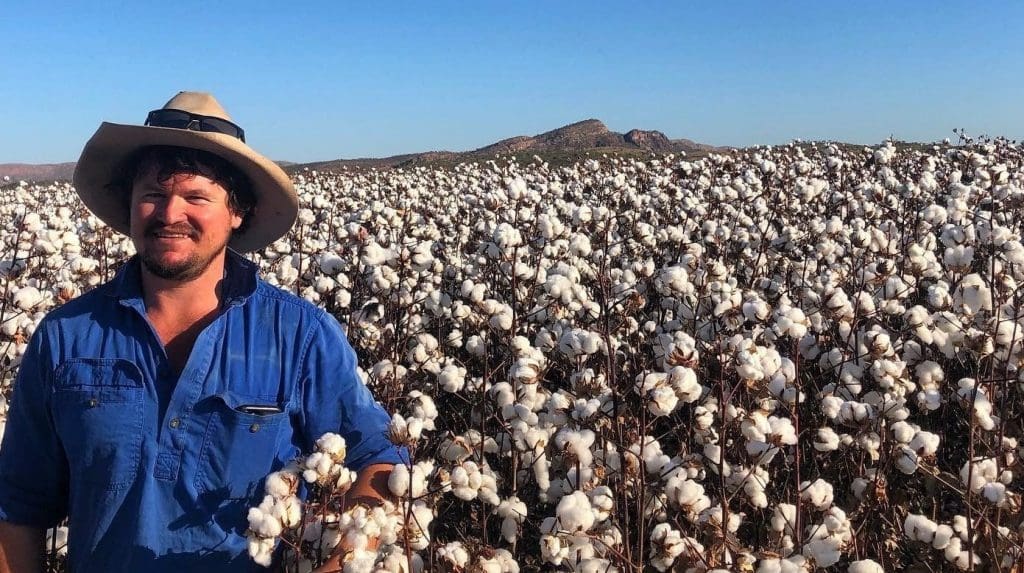
Nuffield scholar, Luke McKay, says a tailored approach is needed to develop a viable and sustainable cotton industry in Northern Australia.
THE immense opportunity to develop a viable and sustainable cotton industry in Northern Australia will only be realised through an approach tailored to the region’s tropical environment and coordinated pest and disease management.
That’s according to 2018 Nuffield Scholar Luke McKay who, with support from Cotton Australia and Cotton Research and Development Corporation (CRDC), visited farms and businesses across 12 countries researching ways to optimise cotton production in variable climatic conditions.
“During my travels, I sought to develop a blueprint for the cotton industry in Northern Australia, but through various meetings with Brazilian farmers, agronomists and researchers, it became clear that a rigid year-on-year production plan in these climatic conditions doesn’t exist,” he said.
Mr McKay outlines several factors that impact cotton production in tropical climates, and the role management plays in adapting to changing growth habits of cotton in the extremities of rain, cloud, humidity, and temperature that occur in Northern Australia.
Area-wide management
In the report, he reveals that responsibility doesn’t stop at the farm gate, with all growers playing a role in area-wide management for pest, disease and resistance mitigation.
“Northern Australia has a climate that will allow cotton to grow year-round, but when growing occurs for too many months, significant pressure is placed on pest and resistance management,” Mr McKay said.
“Poor crop destruction increases the risk of pests persisting through to the following season, placing immediate pressure on the next crop.
“This was evident during my travels in Brazil where I witnessed the impact boll weevil was having on the cotton industry, with one farmer averaging 18 sprays across the farm.
“Compare this to the United States cotton industry, which has successfully eradicated boll weevil through an industry wide and ongoing eradication program.
“US farmers were adamant that whole industry buy-in for this program was the key to successfully achieving a sustainable and coordinated approach to pest management.
“While boll weevil is not present in Australia, the lesson for cotton production in the north is the benefit that coordinated area wide management can have on the cotton industry.”
Holistic approach
When looking at factors that would impact the viability and success of cotton production in Northern Australia, Mr McKay concludes that a holistic approach which assesses major crop indicators, varying climatic influences and uses area wide management systems is necessary.
“To manage evolving scenarios with changing conditions, managers must be constantly assessing the crop and adapting in-crop management methods to ensure sustainability,” Mr McKay said.
“Production plans must also be flexible enough to incorporate the seasonal variability typical to the north.
“If all stakeholders acknowledge the risks, develop and adhere to best management practice and manage the variables within their control for the betterment of the entire industry, there are great opportunities to develop a productive and profitable cotton industry in Northern Australia.”
Video: Luke McKay presents his research findings at the 2019 Nuffield Australia National Conference.
Source: Nuffield Australia
Grain Central: Get our free daily cropping news straight to your inbox – Click here

HAVE YOUR SAY